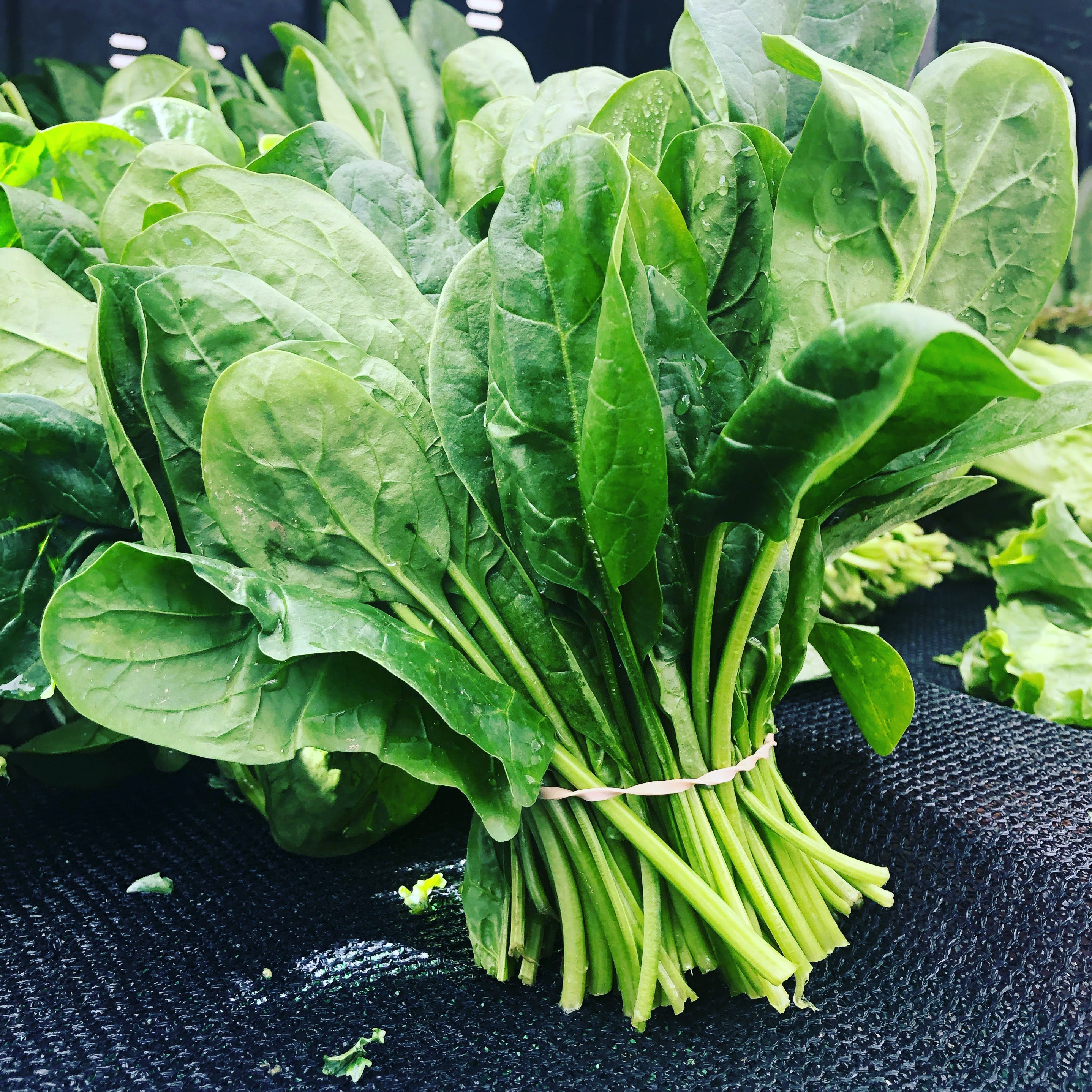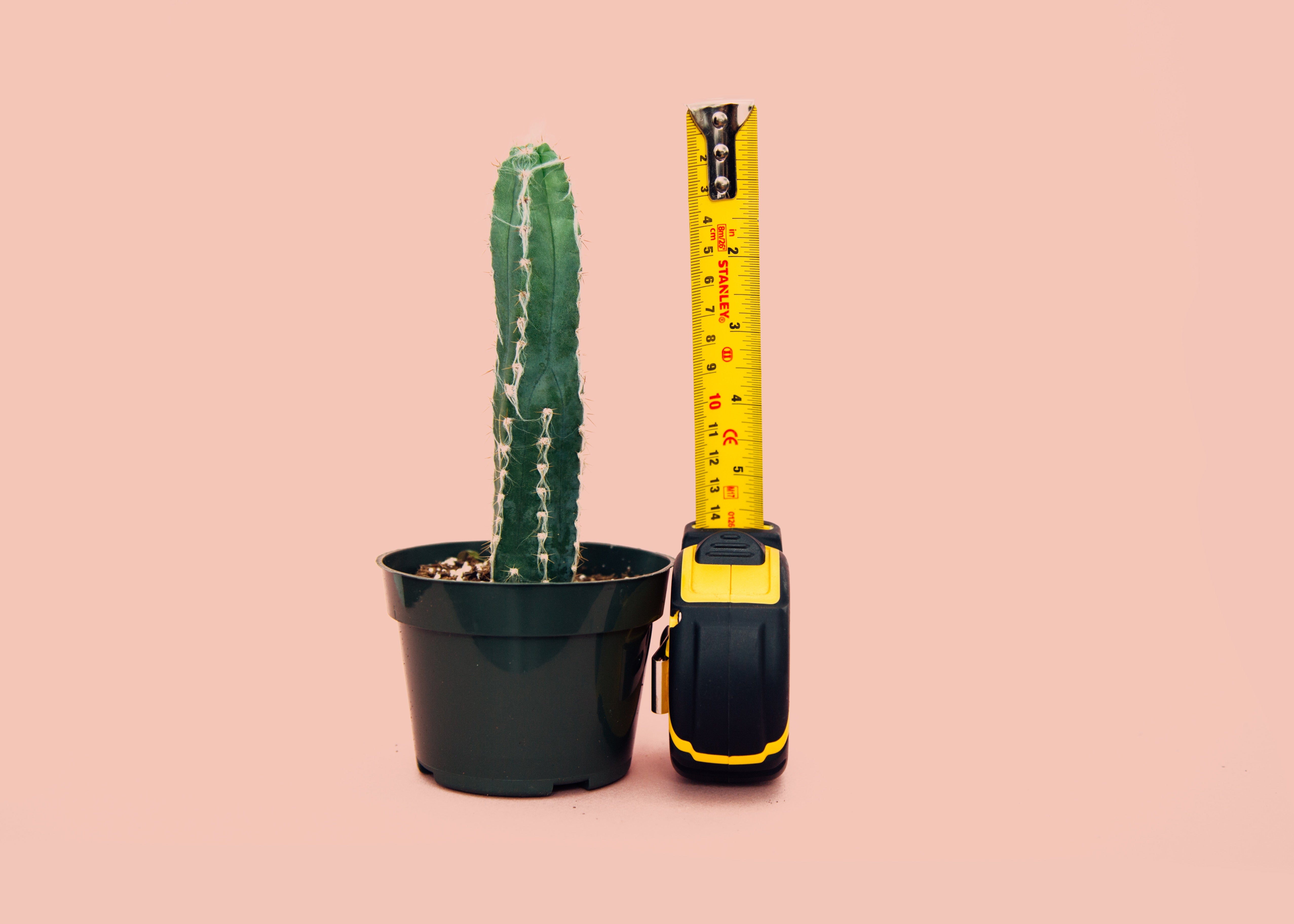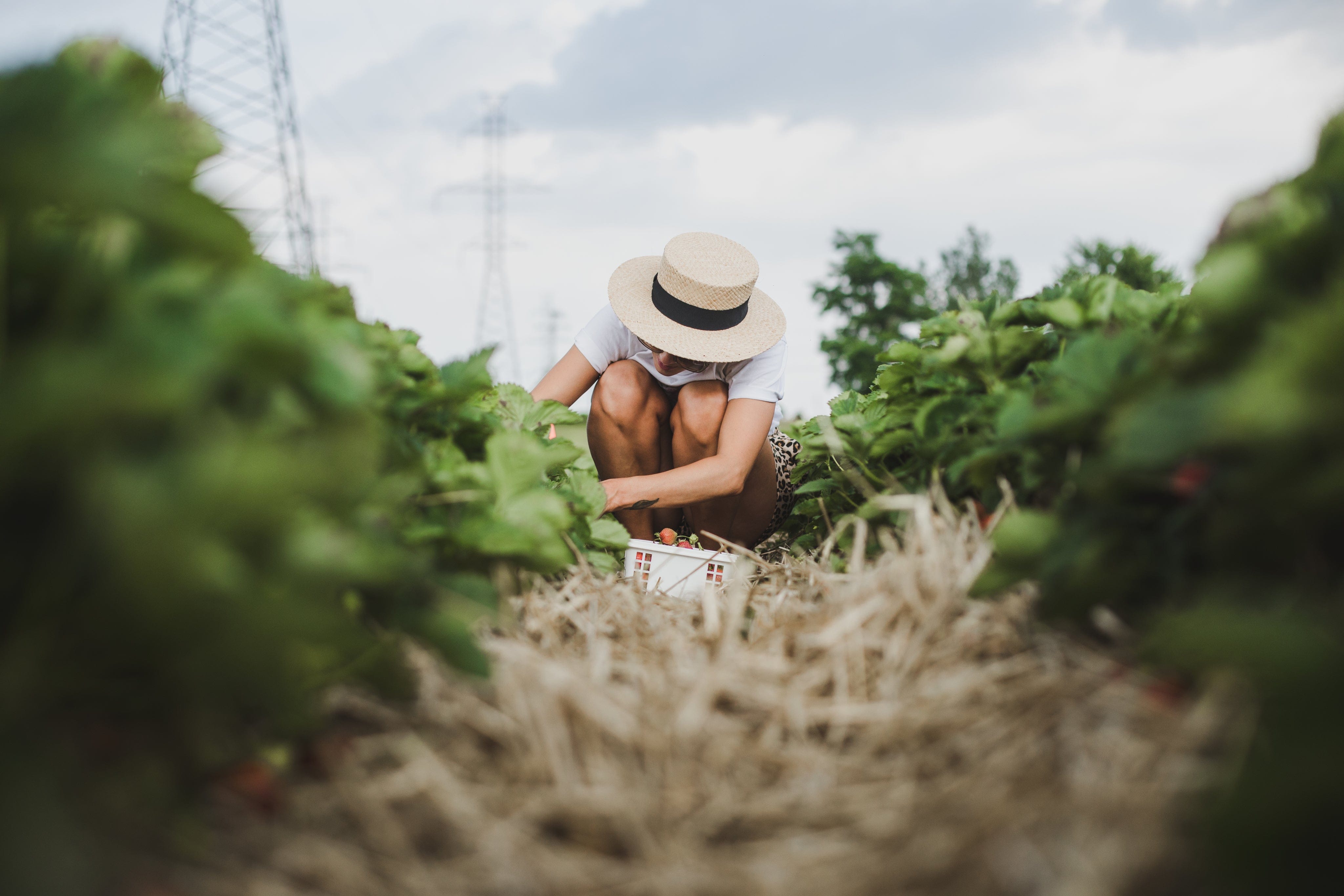
Growing Vegetables in Shady Areas: Tips and Tricks for a Successful Harvest
Shade is often seen as a hindrance for vegetable gardening, especially in South Africa where many gardens are partially shaded. However, with the right approach, you can still enjoy a bountiful harvest even in a shady garden.
In this article, we will share valuable tips and insights on growing vegetables in shady areas. From choosing the right vegetables to maximising limited sunlight, this post will equip you with the knowledge you need to turn your partially shaded garden into a thriving vegetable patch.
Table of Contents
- Introduction
- Understanding Shade in the Garden
- Choosing the Right Vegetables for Shady Areas
- How to Prepare Soil for Shady Vegetable Gardening
- Planting Techniques for Shady Vegetable Gardens
- Caring for Vegetables in Shaded Areas
- Companion Planting for Shady Vegetable Gardens
- Using Raised Beds and Containers in Shady Areas
- Dealing with Common Pests and Diseases in Shady Vegetable Gardens
- Harvesting Vegetables in Shady Areas
Introduction
Vegetable gardening is a rewarding activity that offers numerous benefits, from providing fresh produce for your family to promoting a healthier lifestyle. However, gardening in a shaded area presents some unique challenges. Shade can limit the amount of sunlight that reaches your plants, affecting their growth and yield. Additionally, shady areas can be prone to moisture and humidity, which can increase the risk of fungal diseases.
Despite these challenges, it is still possible to grow a variety of vegetables in a partially shaded garden. With careful planning and attention to detail, you can enjoy a bountiful harvest even in less than ideal conditions. In the following sections, we will share valuable tips and insights on how to grow vegetables in shaded areas, from choosing the right plants to maximising sunlight and improving soil quality.
Understanding Shade in the Garden
Before we dive into the specifics of vegetable gardening in shady areas, it's essential to understand what shade means in the context of gardening. Shade refers to the absence or reduction of direct sunlight that plants need to grow and produce food. Shade can be caused by a variety of factors, including:
- Buildings and walls that block the sun's rays
- Trees and other plants that cast shadows
- Fences and other structures that create shade
Understanding the type of shade in your garden can help you determine which vegetables will thrive and which will struggle. Partial shade, for example, occurs when plants receive some direct sunlight but are also shaded for part of the day. This type of shade can be suitable for many vegetables, but some may need more sunlight to thrive.
Choosing the Right Vegetables for Shady Areas
Choosing the right vegetables is key to successful gardening in shaded areas. Some vegetables require more sunlight than others and may not do well in a partially shaded garden. Here are some vegetables that can thrive in shaded areas:
- Leafy Greens
Leafy greens such as lettuce, spinach, and kale are excellent choices for shady areas. These vegetables require less sunlight than most other vegetables and can even bolt in full sun. Plant them in a spot that gets at least 4 hours of direct sunlight per day, and keep the soil moist but not waterlogged.
- Root Vegetables
Root vegetables such as beets, carrots, and radishes can also be grown in shady areas. They do not require as much sunlight as fruiting vegetables like tomatoes and peppers, and they can actually benefit from the cooler temperatures in a shady spot. Be sure to keep the soil well-drained and consistently moist to ensure good root development.
- Herbs (extra)
Many herbs such as parsley, cilantro, and mint can tolerate partial shade and still produce a good crop. They can even be grown indoors near a sunny window or under grow lights if you don't have any outdoor space available. Keep the soil moist but not waterlogged, and harvest regularly to encourage new growth.
- Shade-Tolerant Berries (extra)
Some berries, such as strawberries and blackberries, can be grown in shady areas. While they may not produce as much fruit as they would in full sun, they can still provide a tasty harvest. Make sure to choose varieties that are specifically bred for shade tolerance, and keep the soil consistently moist.
How to Prepare Soil for Shady Vegetable Gardening
Soil preparation is essential for any successful vegetable garden. In shady areas, the soil tends to be moister and cooler than in sunny areas. To ensure that your vegetables have the best chance of success, you should amend your soil with organic matter, such as compost or aged manure. This will help improve soil drainage and provide essential nutrients to your plants.
Planting Techniques for Shady Vegetable Gardens
When planting in shady areas, it's important to choose vegetables that can tolerate lower levels of sunlight. Leafy greens, such as spinach, lettuce, and kale, are great options for shady areas. You can also grow root vegetables, such as carrots, beets, and radishes, as well as herbs like mint and parsley.
Caring for Vegetables in Shaded Areas
Watering is critical for vegetables in shady areas, as the soil tends to stay moist for longer periods of time. Be sure to water your vegetables deeply and less frequently to avoid overwatering. Additionally, be sure to mulch around your plants to help retain moisture and suppress weeds.
Companion Planting for Shady Vegetable Gardens
Companion planting is a technique where plants are grown together to help them thrive. In shady vegetable gardens, you can use companion planting to help increase the amount of sunlight that your plants receive. For example, you can plant shade-tolerant vegetables like lettuce and spinach alongside taller plants, such as tomatoes or beans, to provide them with some shade and protect them from direct sunlight.
Using Raised Beds and Garden Pots in Shady Areas
Raised beds and garden pots are great options for growing vegetables in shady areas. They allow you to control the soil quality, drainage, and amount of sunlight that your plants receive. Additionally, they can be moved to sunnier areas throughout the day to maximize sunlight exposure.
Dealing with Common Pests and Diseases in Shady Vegetable Gardens
Shady areas can be more prone to certain pests and diseases, such as slugs and snails. To prevent these pests from damaging your vegetables, you can use barriers like copper tape or eggshells around your plants. Additionally, you can use organic pest control methods, such as diatomaceous earth or neem oil, to keep pests at bay.
Harvesting Vegetables in Shady Areas
When harvesting vegetables in shady areas, be sure to check them frequently, as they may take longer to mature than those grown in sunny areas. Additionally, be sure to harvest leafy greens before they bolt, as they can become bitter once they start to flower.
In conclusion, growing vegetables in shady areas requires some extra care and attention, but it is definitely possible. By following these tips and tricks, you can successfully grow a variety of vegetables in your shaded garden and enjoy a bountiful harvest.




3 comments
Very informative Thank u very much As I m a beginner in gardening it has given me a great insight Pllease keep on giving information re growing flowers too Asci have moved into a new places d I’ve a fairly size land which has nothing on it maybe about12ft L and 4 ft B I think it will make a beautiful patch for herbs and vegs It gets a lot of sun Thx once again I really appreciate all u r doing
Mrs H Patel
I really appreciate the potshack being a local South African gardening page. I look forward to following you. Many Thanks. Granny gardener
Brenda Osman
Thanks for the informayion. I started a garden last week with seed & 4 trays of seedlings. The spinach seems to be getting too much sun & wilting, would it survive another move to a partially shaded area? In Dinwiddie Germiston.
Brenda Osman
Leave a comment
This site is protected by hCaptcha and the hCaptcha Privacy Policy and Terms of Service apply.